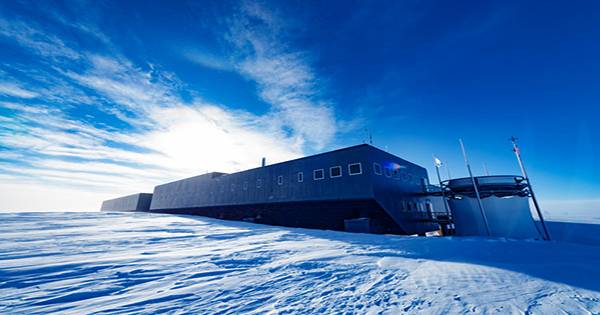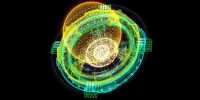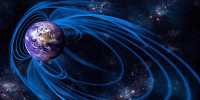The standard model of particle physics is one of the pinnacles of human theft. It describes the world of particles and their interactions, and its predictions are confirmed time and time again.
This is also limited. And we’ve been pulling on those threads for a while, trying to see what’s out there. A 2018 study by the Antarctic Impulsive Transient Antenna (ANITA) test found that some models may not match the standard model.
In contrast to the data obtained from the IceCube Neutrino Observatory, ANITA conducted a new study in addition to a third investigation. And there seems to be some very exciting explanation for the exceptions. ANITA and IceCube look for similar particles, ultra-high-energy cosmic neutrinos, but use different methods.
Neutrinos are particles that have no electrical charge and no tiny mass. These two features can easily go to an exposed planet. If you hold your thumb, about 100 billion neutrinos will pass through your thumbnail every second. Given exactly how many there are, occasionally a neutrino hits the exposed light of an atom and the nucleus of a cascade of other particles. IceCube detectors embedded in the Antarctic ice are looking for glow due to neutrino collisions.
ANITA, looking for a cascade of fountains after neutrinos from the ground over an aerostatic balloon, crossed a planet, collided with something in the ice. The three events marked in 2006, 2014, and 2015 are extremely exciting. The first two energies had comparable strength to a coin falling from a table, considering it huge that these were the smallest subatomic particles. The power of the third was much greater.
The team leaked the data to IceCube’s but found no detection, which makes the exceptions even more unusual. And here comes the kick. According to the analysis, which has not yet been peer-reviewed but found in the RXV, the detections are inconsistent with astrophysical explanations. No supernova or neutron star collisions seem to be behind this unusual phenomenon.
The facts are consistent with specific physics outside of the standard model, including specific models to explain the dark matter. The team now plans to limit the possible parameters of these models to future work. Researchers are planning to conduct further investigations to confirm that the anomalies actually detected the incredible properties of ANITA. A new paper on AINTA data is being published later this year, so we’ll have to wait and see what happens to it.














